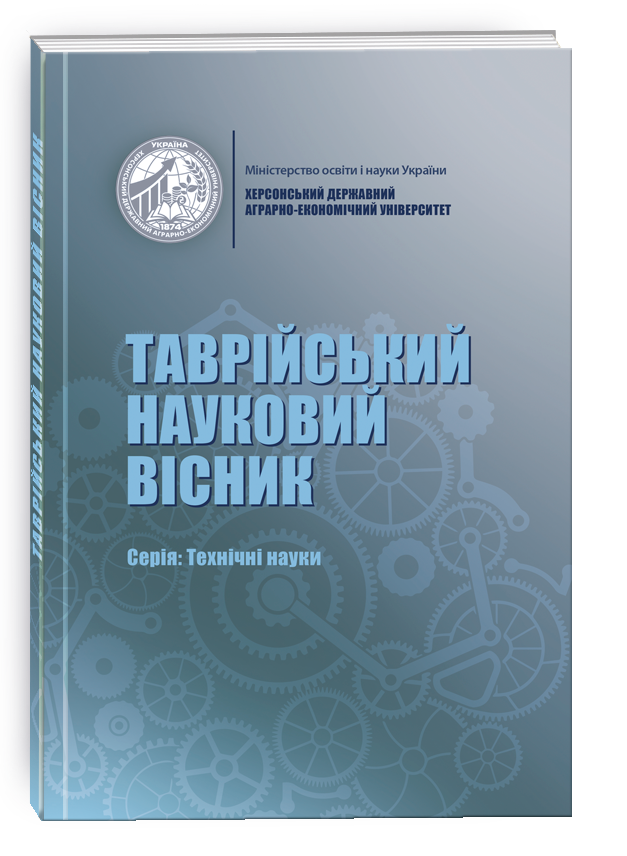A METHOD OF PRESTRESSING REINFORCED CONCRETE STRUCTURES THAT INCREASES THEIR STRENGTH
DOI:
https://doi.org/10.32851/tnv-tech.2022.2.8Keywords:
strength, prestress, freshly-placed concrete mix, pressing, density, during-tensioning method.Abstract
The paper analyzes the technologies of prestressing reinforced concrete structures known in international construction practice. Such technologies are based on pretensioning and posttensioning methods of prestressing (on hardened concrete). The use of these methods allows us to increase the rigidity and crack resistance of reinforced concrete structures. However, the use of these methods has little effect on the strength of concrete, and ultimately on the strength of structures. The compaction of concrete in the structure is a significant reserve for increasing the strength of concrete and structures in general. One of the effective ways of concrete mix compaction is its pressing, especially long-term pressing. Thus, according to the manufacturing technology, we have the force of pre-compression and we know about the effect of increasing the strength of concrete due to pressing. In this paper, the author proposes to combine two positive factors – prestressing of rebars and long-term pressing of concrete in one technological process. As a result, the author created a during-tensioning method of prestressing reinforced concrete structures when steel stress force is applied to freshly-placed concrete mix. In this case, the transfer of prestressing force is also carried out on the concrete mix. As a result, concrete hardens under pressure, increases its density and, consequently, strength. Experimental studies have been performed, their results confirm the strengthening of concrete under prestressing pressure in the structure. The effect of increasing the stress in the rebars during hardening of concrete in an enclosed space was observed. The density of concrete in the samples made with compressing fresh concrete mix by the forces of prestressing exceeded four and a half percent the density of concrete in the samples made with compressing hardened concrete. The strength of concrete of reinforced concrete elements with rebar tensioning on freshlyplaced concrete mix has been evaluated. As a result of the transfer of prestressing forces to the concrete mix its prolonged pressing takes place, which increases the strength of the concrete structure by a third.
References
Бетонные и железобетонные конструкции из тяжелого бетона. Основные положения: ДБН В.2.6-98:2009. [Действ. от 2011-06-01]. К., 2011. 71 с. (Государственные строительные нормы Украины).
Бетонные и железобетонные конструкции из тяжелого бетона. Правила проектирования: ДСТУ Б В.2.6-156:2010 [Действ. от 2011-06-01]. К., 2011.166 с. (Национальный стандарт Украины).
Eurocode 2: Design of concrete structures. – Part 1-1: General rules and rules for buildings, p. 30–82.
British Standards Institute, (2000), ―Structural Use of Steelwork in Building, Part 1: Code of Practice for Design – Rolled and Welded Sections,ǁ BS 5950-1:2000.
Бабич Є., Жук Є. Вплив величини напруги початкового і тривалого і тривалого пресування на міцність бетону. Будівельні матеріали і конструкції. 1973. № 1. С. 36–37.
Способ предварительного напряжения арматуры железобетонных изделий: А. с. 1330284 СССР, МКИ Е 04 G 21/12. / М. Г. Чеканович. № 3992514/29-33; заявл. 19.12.85; опубл. 15.08.87, Бюл. № 30. 2 с.
Розрахунок будівельних конструкцій : навчальний посібник / М.Г. Чеканович, О.Є. Янін. Видання 2-ге, доповнене і перероблене. Херсон : ОЛДІ-ПЛЮС, 2021. С. 60–75.







